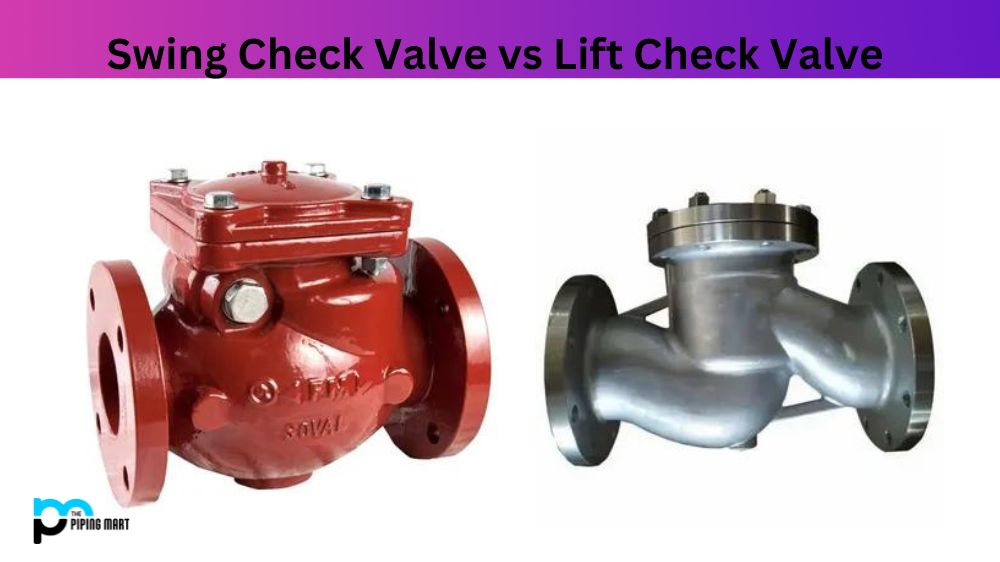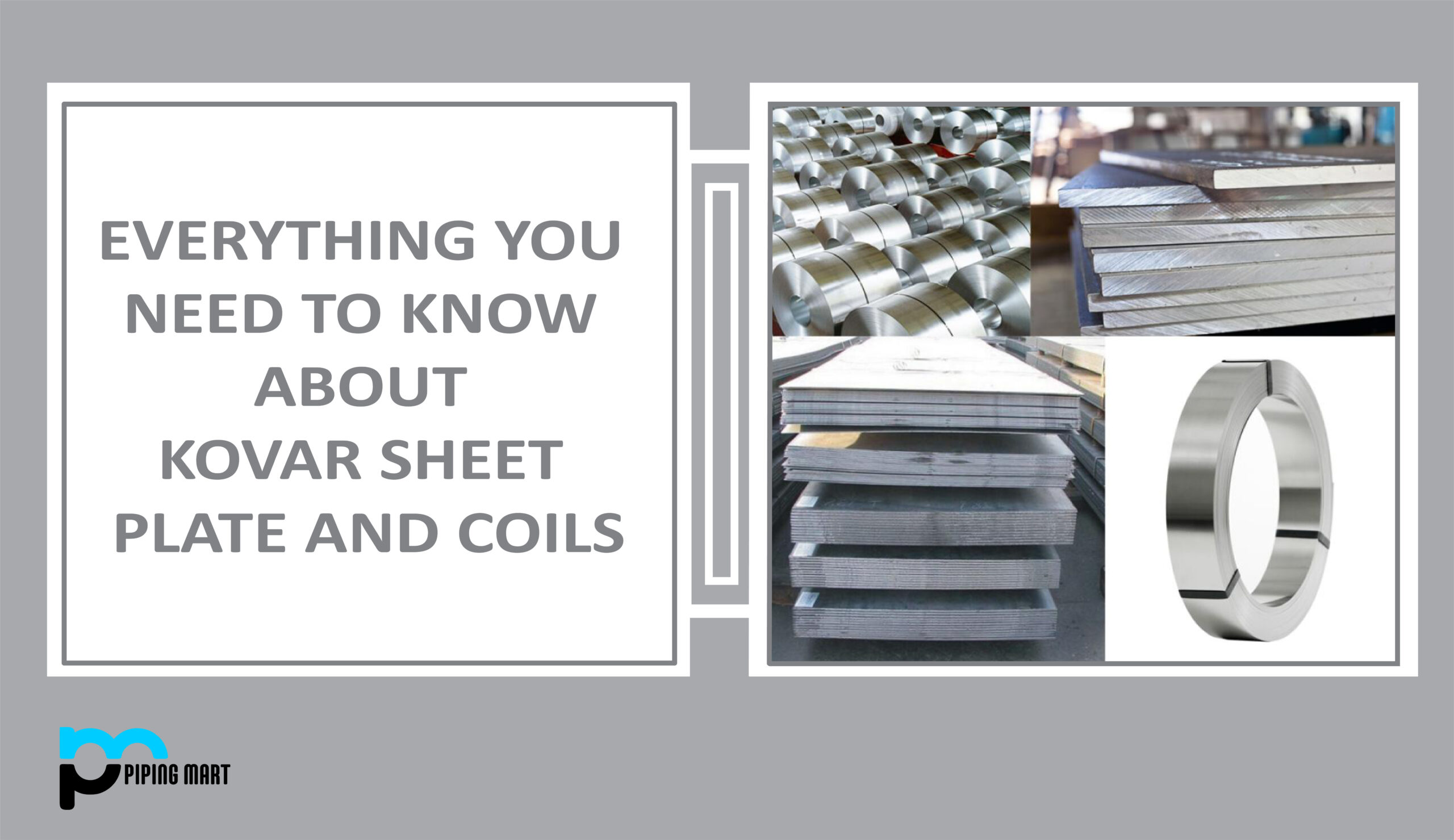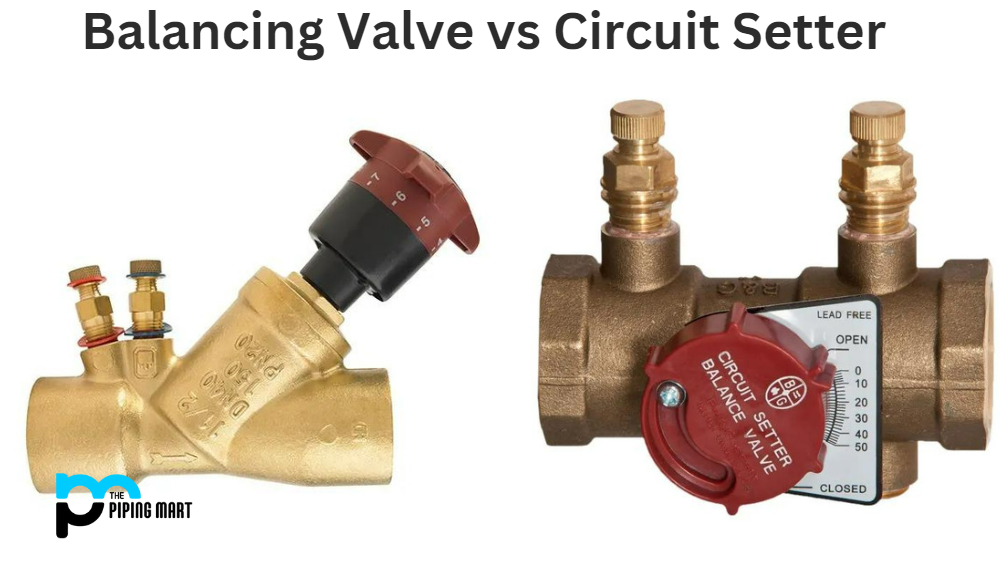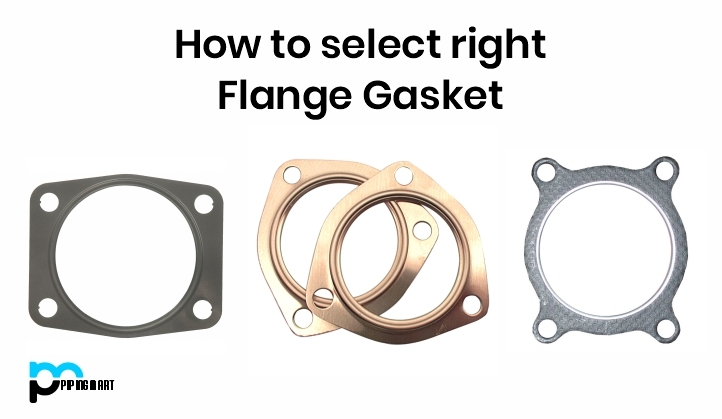Check valves are essential components in controlling water flow in piping systems. They prevent backflow, thereby protecting upstream equipment from damage. There are different types of check valves, including the swing check valve and the lift check valve. Although these two valves perform the same function, they have their differences. In this blog post, we will explore the distinctions between swing and lift check valves to help you decide when choosing between them for your application.
What is Swing check valve ?
A Swing Check Valve is a check valve that utilizes a disc-shaped part to automatically open and close based on the flow of liquids or gases. It provides a one-way flow control, preventing backflow and maintaining the pressure in piping systems. This type of valve is widely used in plumbing, fire protection systems, irrigation systems, and other applications where reliable water control is critical.
What is Lift check valve?
A lift check valve is a non-return valve that allows flow in one direction while preventing backflow. It consists of an inward-facing disk which lifts from the seat when the pressure in the line exceeds a predetermined point, allowing fluid through. When the pressure decreases, the disk returns to its original position and seals against the seat, stopping reverse flow.
Difference Between Swing Check valve and Lift Check valve
Operational Mechanism:
Swing check valves have a swinging disc that opens and closes based on the flowing fluid’s velocity. The disc swings and seals the valve when the fluid stops flowing or flows in the opposite direction. On the other hand, lift check valves utilize a vertically moving piston to control the fluid’s flow. It lifts the valve disc off the seat when fluid flows in the desired direction and slams it shut when reverse flow occurs.
Installation Position:
Swing check valves can be mounted in any position, horizontal or vertical. The valve’s flow direction is aligned with the pipeline to function correctly. However, lift check valves are typically installed in a horizontal pipeline with a spring to keep the disc closed. Vertical installation will make the disc too heavy, leading to excessive wear and tear.
Pressure Rating:
Regarding pressure rating, swing check valves have a higher rating than lift check valves. They can withstand higher pressures without the risk of failure. Therefore, swing check valves are ideal for high-pressure applications, whereas lift check valves are better suited for lower-pressure applications.
Maintenance:
Both swing and lift check valves require ongoing functioning maintenance. However, lift check valves require more frequent care due to their design. The piston’s sealing mechanism requires regular lubrication to prevent corrosion and wear. On the other hand, swing check valves require less maintenance, making them a more cost-effective option in the long run.
Application:
You must consider your application when choosing between swing and lift check valves. A swing check valve would be the better option if you need to handle high-pressure fluids. However, a lift check valve could provide the required protection if your system cannot handle high-pressure fluids. If you have limited installation space, swing check valves could be the better option.
Conclusion:
Understanding the differences between swing and lift check valves is essential in selecting the correct one for your application. Both valve types perform the same function, but their differences in design, installation, and pressure ratings set them apart. By weighing the pros and cons of each option and considering your system’s unique needs, you can make an informed decision to safeguard your system from backflow and damage. Ensure you work with a reliable supplier who can provide quality check valve solutions that meet your specific requirements.
Rachana is a dedicated and ambitious young woman who has made a name for herself in the metal industry. From her earliest days in the industry, Rachana showed a natural talent for problem-solving and a keen eye for detail. In her free time, She enjoys reading up on the latest advancements in the industry, as well as exploring new ways to innovate and improve upon existing processes.




